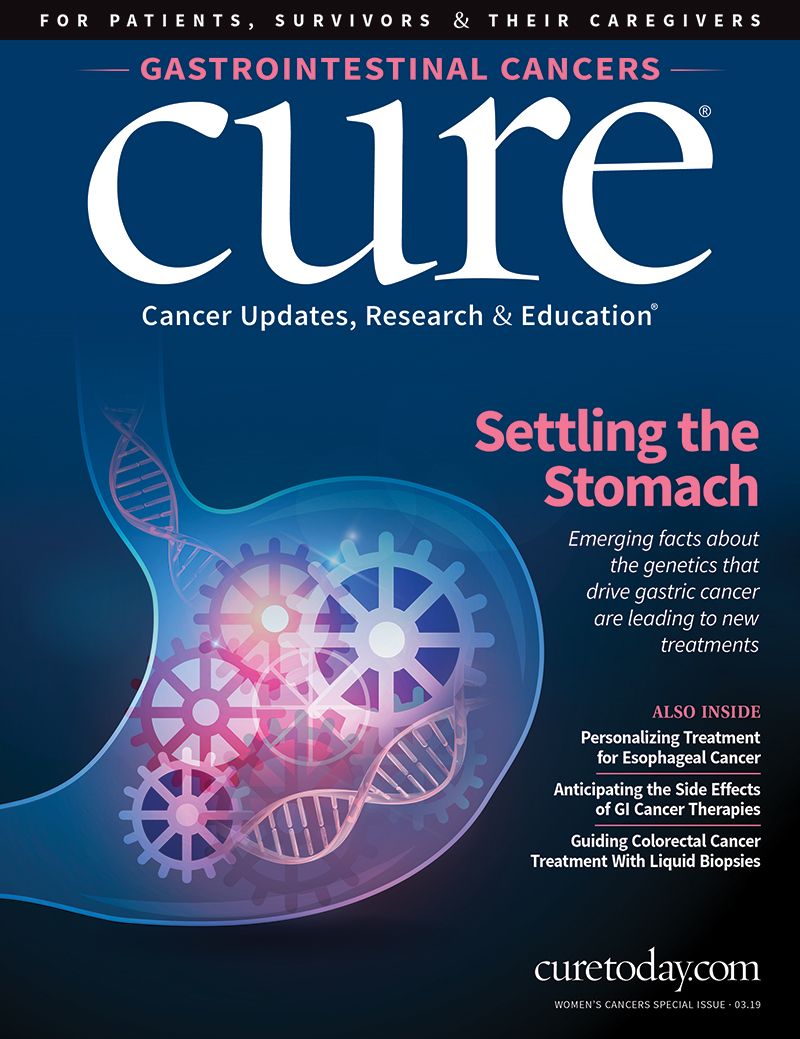New Multidrug Regimen Achieves Encouraging Results in Metastatic Pancreatic Cancer
The experimental oral anticancer regimen known as SM-88, which com­bines four drugs from different classes, shows promising efficacy and safety with no meaningful toxicity in patients with metastatic pancreatic cancer whose disease worsened despite previous treatment.
The experimental oral anticancer regimen known as SM-88, which com­bines four drugs from different classes, shows promising efficacy and safety with no meaningful toxicity in patients with metastatic pancreatic cancer whose disease worsened despite previous treatment. Those findings are from part one of a trial known as Tyme-88-Panc.
The treatment consists of a tyrosine derivative (D,L-alpha-metyrosine), an mTOR inhibitor (sirolimus), a CYP3a4 inducer (phenytoin, also a seizure medi­cation) and an oxidative stress catalyst (methoxsalen). The combination’s backbone is tyrosine, an amino acid that tends to be consumed by cancer cells but not by healthy ones. SM-88 is designed to be absorbed by cancer cells so it can interrupt the synthesis of pro­teins; this harms the defense system of the cells, which may then die, according to the drug’s developer, Tyme Inc.
At a median of 4.3 months of follow-up after treatment initiation, 19 of 28 patients in the phase 2 trial who could be evaluated were still alive as of Dec. 31, 2018, reported Marcus Smith Noel, M.D., assistant professor at the University of Rochester Medical Center’s Wilmot Cancer Institute in New York.
The study’s primary goal involves mea­suring tumor response to the drug, with stable disease or tumor shrinkage consid­ered a good response, but survival status also is being tracked. “The OS (overall survival) of about four months mirrors what we see historically and is maybe a bit longer,” Noel said. “We need to treat more patients to see if that signal holds, and if it does, it will definitely be clinically meaning­ful. The hope is that we will recruit another 60 to 70 patients in part 2 of the study.”
Imaging data at two months were avail­able for 17 patients; one had a partial response and seven had stable disease, for a clinical benefit rate of 47.1 percent. For seven of 11 patients evaluated by PET scan, disease had stabilized or improved. Typically, the response rate in second-line trials of drugs for pancreatic cancer is less than 10 percent, with no responses observed in third-line trials, Noel noted.
Standard of care for treating pancreatic cancer is chemotherapy, but more than half of patients who undergo these regi­mens experience severe side effects. “We don’t have Food and Drug Administration (FDA)-approved agents specifically for the third line, so the thought is if we can use D,L-metyrosine, which is well tolerated, there may be an opportunity to benefit patients,” Noel said.
The toxicity profile of SM-88 “has been very encouraging thus far,” he added. “We see mild nausea and mild fatigue. We only had one serious side effect in which a patient had hypotension, but that patient (also) had hypotension with the previous agents, so it’s unclear if that’s directly related to SM-88. Overall, it’s well-tolerated.”
